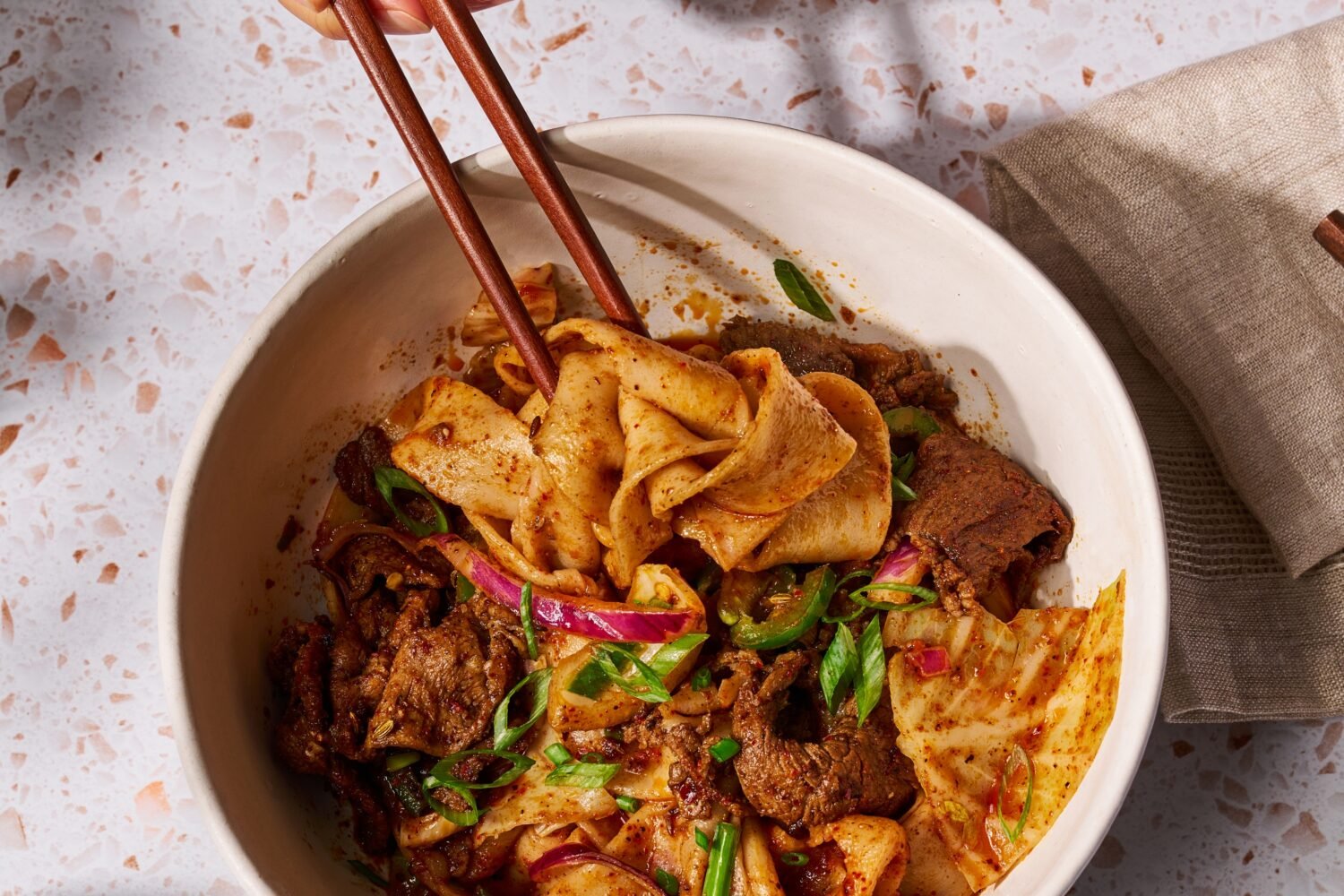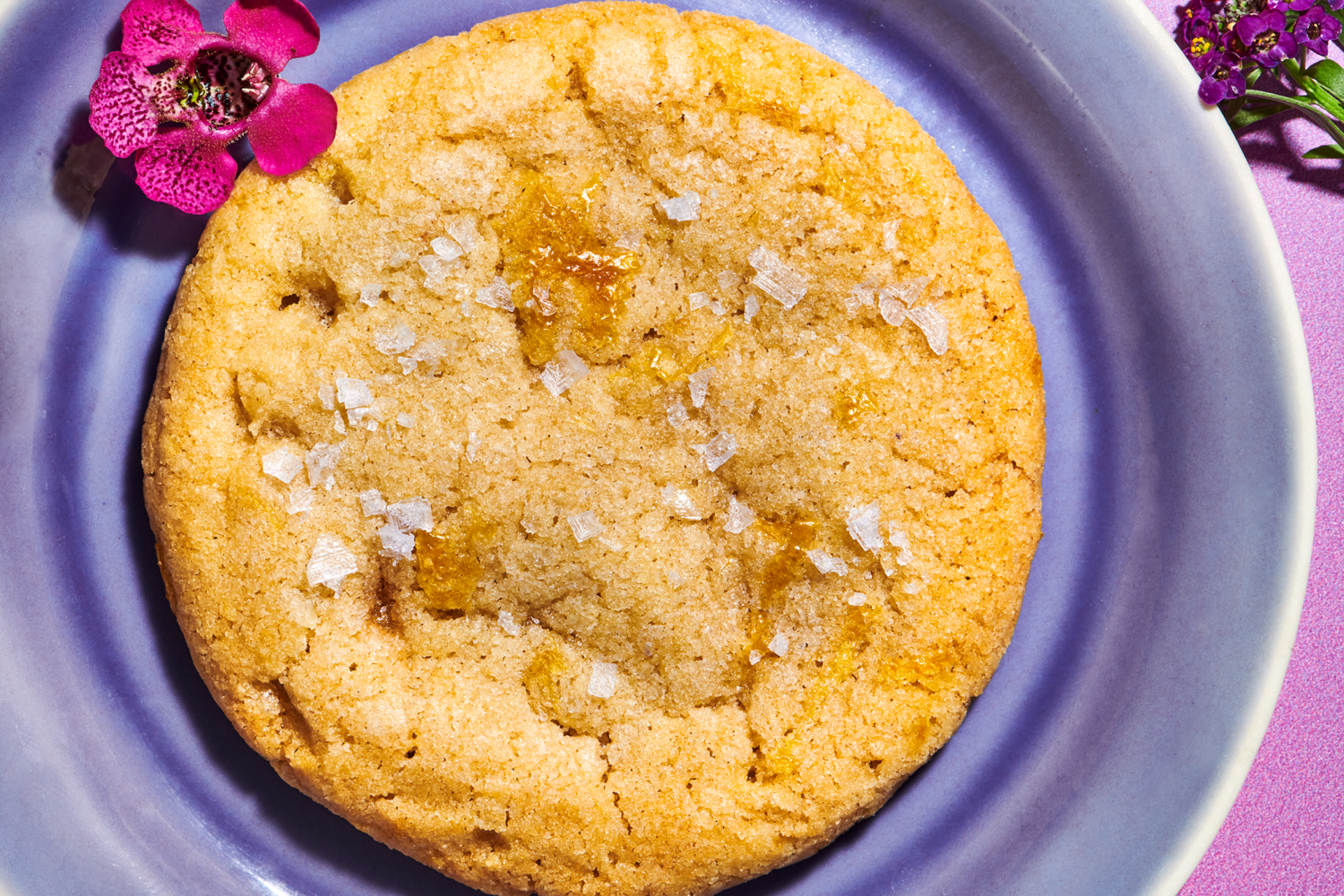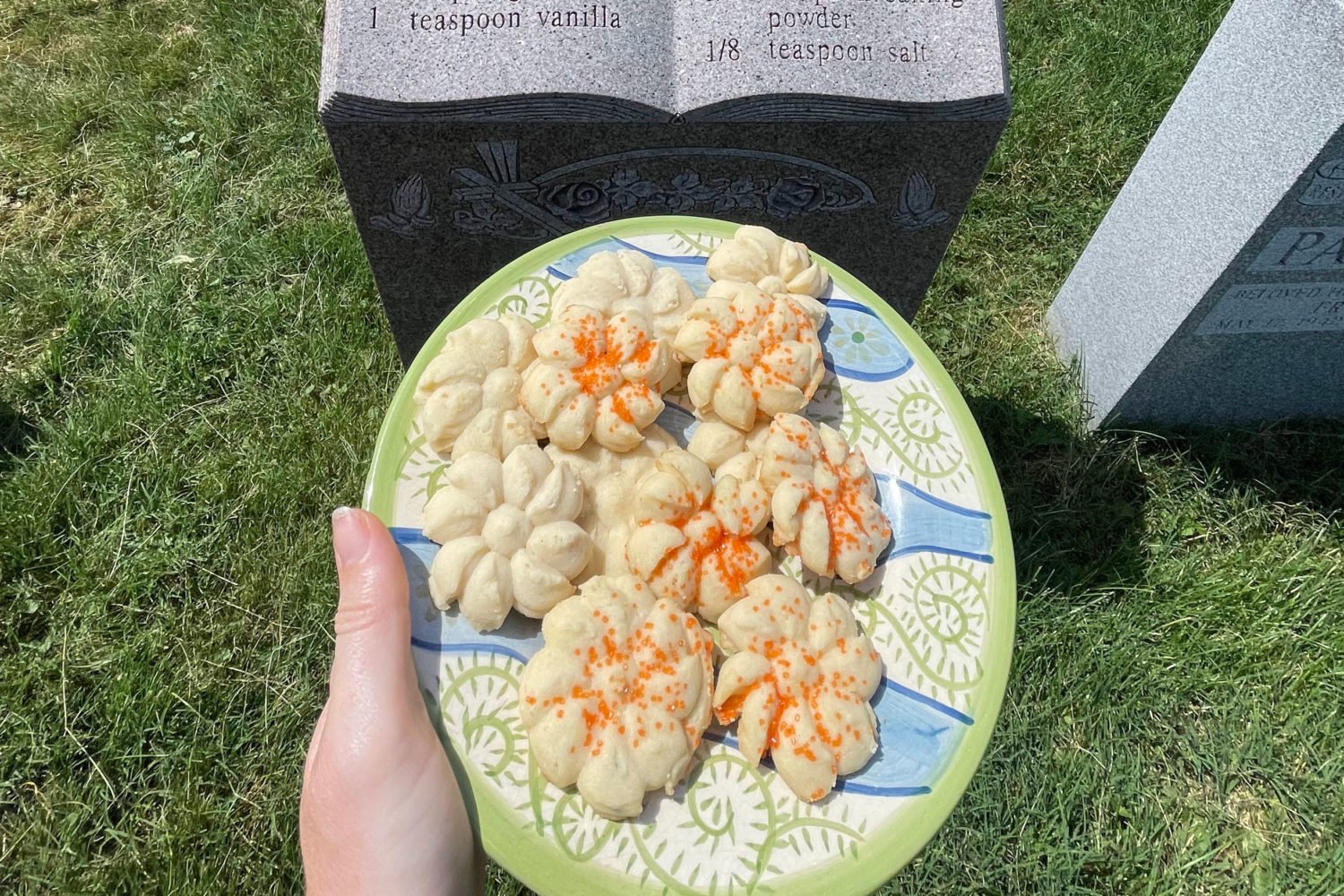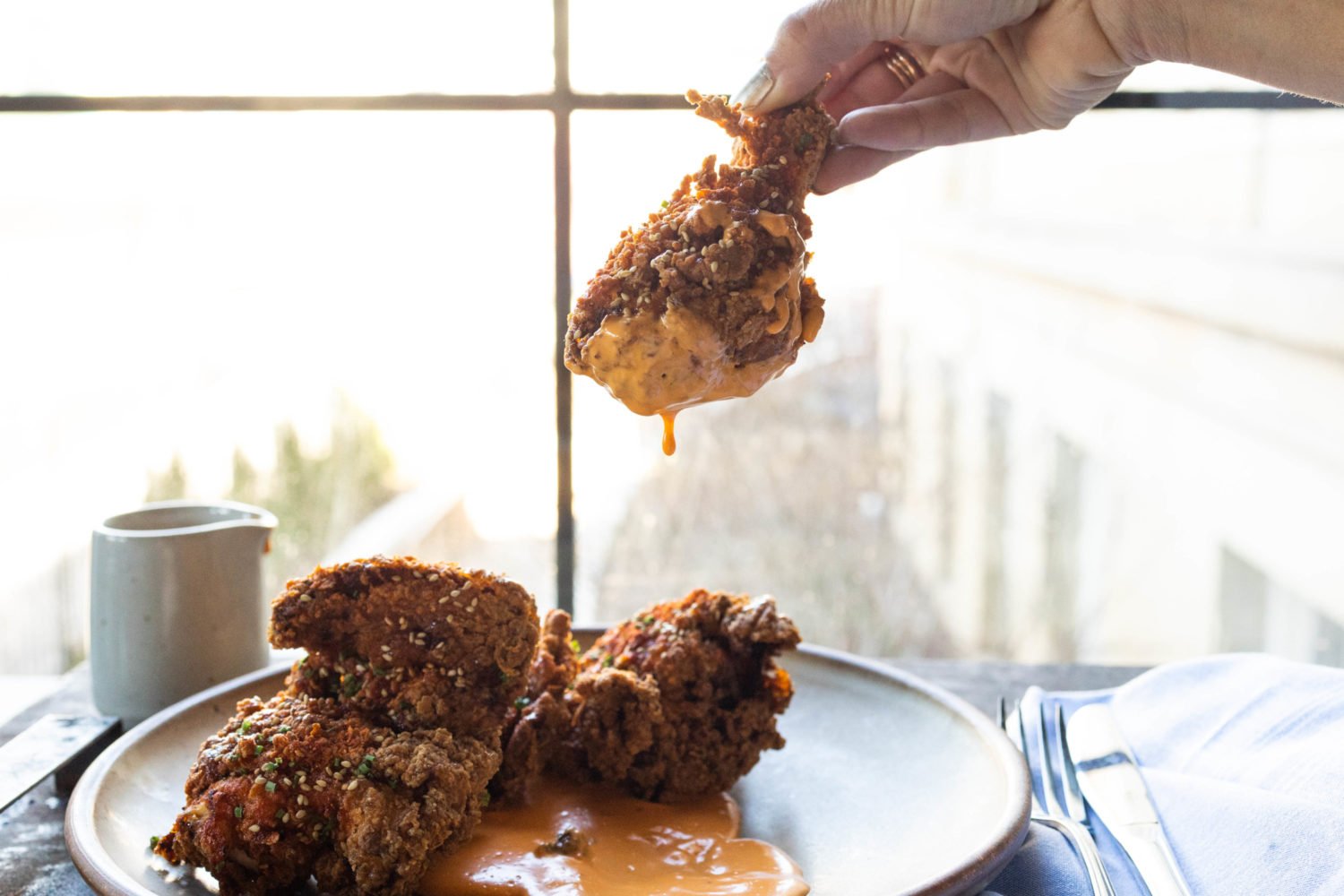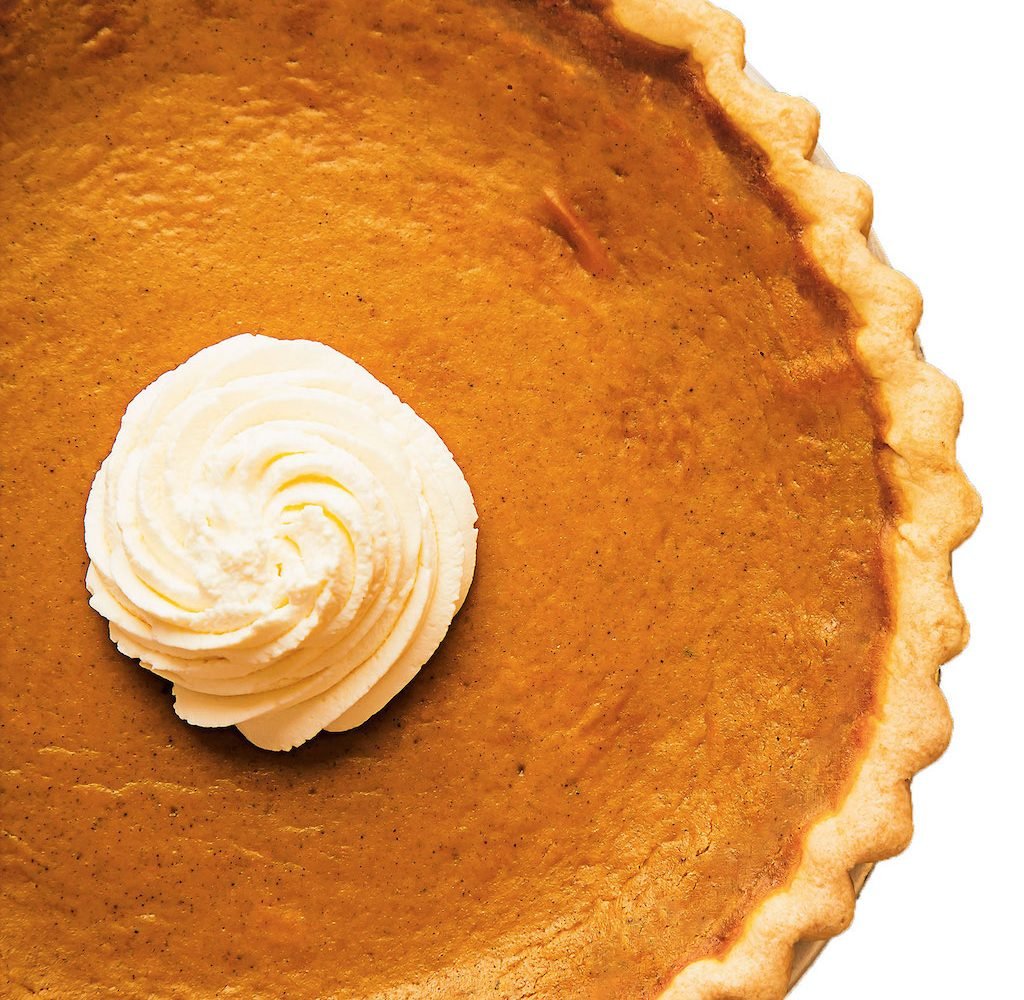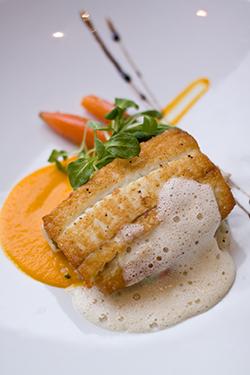
In this month’s Washingtonian, I review the cooking of Adam Longworth, the Gotham Bar and Grill alum who has taken over the stoves at Penn Quarter’s 701. I’ve had a lot of restaurant meals since then, but there’s one dish that I keep coming back to—sweet, seared halibut with deliciously coconutty and tangy jasmine rice. The fish itself is good, but it’s the rice that really makes the dish a standout. And I’m not the only fan—it’s recently become the most popular entrée on the menu, according to Longworth. Predictably, it’s not the quickest or simplest recipe in the world. Longworth says the key to its success is the coconut/lime emulsion. “There’s a big margin of error,” he says. “But if the sauce isn’t reduced properly, if the butter isn’t whisked in properly . . . the cook really needs to take the time to do it right.” He also notes that you should taste the rice when you season it with vinegar and mirin to make sure it’s almost sweet-and-sour and adjust accordingly. If it’s done correctly, you’ll have a four-star dish on your kitchen table.
Have a restaurant recipe you'd like sniffed out? E-mail recipesleuth@washingtonian.com.
Halibut With Carrot Purée, Jasmine Rice, and Coconut/Lime Emulsion
Serves 4
4 7-ounce portions of halibut (have your fishmonger remove the skin)
2 cups carrot purée (see recipe below)
12 cooked baby carrots (see recipe below)
3 cups cooked jasmine rice (see recipe below)
1 cup coconut/lime emulsion (see recipe below)
3 tablespoons tamarind concentrate
½ cup chopped scallions, divided
Carrot Purée
Makes 2 cups
2 tablespoons canola or vegetable oil
1 small onion, thinly sliced
1 small piece ginger about the size of a quarter, peeled and sliced
2 cloves garlic, minced
4 medium carrots, peeled and rough chopped
1 cup canned vegetable broth (Longworth uses College Inn brand)
1 tablespoon butter
Salt and pepper to taste
In a medium pan, heat the oil over medium heat. Add the onions and cook until they begin to become tender, stirring occasionally so they don’t color. When the onions are almost cooked, add the ginger and garlic, and cook an additional 1 minute. Add the carrots and vegetable broth and cover the pot. After the carrots have simmered for about 15 minutes and are very tender, transfer everything in the pot to a blender and purée on high until the purée is smooth. (Make sure not to use the blender’s top if the mixture is hot. Cover it with a dish towel instead.) Stir in the butter and season. Keep warm in a small pot.
Jasmine Rice
¾ cup jasmine rice, washed and rinsed
1 cup water
2 tablespoons rice-wine vinegar
2 tablespoons mirin
¼ cup chopped scallion, reserve until just before serving
Salt to taste
Place the rice and water in a small pot. Bring to a simmer over high heat. Once the water comes to a simmer, turn the heat to low and cover. Cook about 15 minutes, and turn the heat off. Let the rice sit for about 5 minutes, then add the vinegar and mirin. Fluff with a fork, season with salt and keep warm.
Baby Carrots
12 baby carrots, peeled
½ cup vegetable stock or vegetable broth
½ stalk lemongrass, rough chopped (optional)
1 small piece ginger, peeled and sliced
1 clove garlic, sliced
6 tablespoons canned unsweetened coconut milk
Salt and pepper to taste
Place the carrots in a pot big enough to hold them. Add the other ingredients and cover the pot. Simmer gently until the carrots are tender. Season and reserve the carrots in the coconut broth.
Coconut-Lime Emulsion
¾ cup dry white wine (Longworth uses Pinot Grigio)
¾ cup fresh-squeezed lime juice
3 kaffir lime leaves (optional)
1 stalk lemongrass, rough chopped
1¼ cups canned unsweetened coconut milk
½ pound butter, cubed
Salt, pepper, and sugar to taste
In a medium pot, add the wine, lime juice, kaffir lime leaves (if using), and lemongrass. Set over high heat and reduce the liquid by half. Next, add the coconut milk and bring to a simmer. Remove the pot from the heat and gradually whisk in the butter. Season with salt and pepper and just a touch of the sugar. The sauce should be thick enough to coat the back of a spoon. If it isn’t, place the pot back over the heat and continue cooking down while whisking. If you find the sauce a little too sharp, adjust it with a bit more butter.
To assemble the dish:
Heat a large sauté pan over high heat with 3 tablespoons of vegetable oil. Season the halibut with salt and pepper. When the oil begins to ripple, place the halibut filets in the pan. Reduce the heat to medium. The goal is to cook the filet halfway on this first side and get it to golden-brown.
While the fish is cooking, place a big spoon of the carrot purée in the center of each plate. Next, remove the hot baby carrots from the broth and place 3 in the center of the carrot purée.
Remove the lid from the pot of rice and fold in the half the scallions. Place a large spoonful of the rice over the carrots, making sure not to cover them completely.
Dip a soup spoon in the tamarind concentrate and drizzle it around the rice and carrots.
Flip the fish (and if you’re feeling good, place a knob of butter in the pan). Remove the fish from the pan with a spatula, and place it on top of the rice. Spoon the coconut/lime emulsion over the fish and garnish each plate with the remaining scallions.
Related:
Recipe Sleuth: PS 7's Lavender Brulee Cake
Recipe Sleuth: Vidalia's Macaroni and Cheese
Recipe Sleuth: Jaleo's Bacon-Wrapped Dates
Recipe Sleuth: Tallula's Cavatelli With Sausage, Escarole, and Chili Flakes
More>> Best Bites Blog | Food & Dining | Restaurant Finder
Follow the Best Bites Bloggers on Twitter at twitter.com/bestbitesblog



